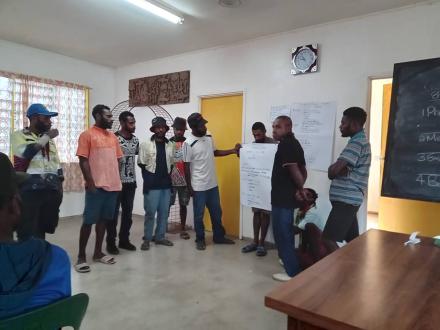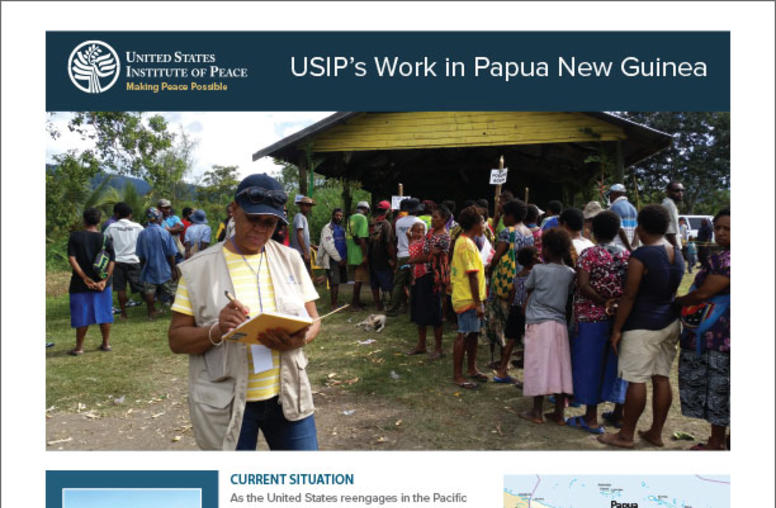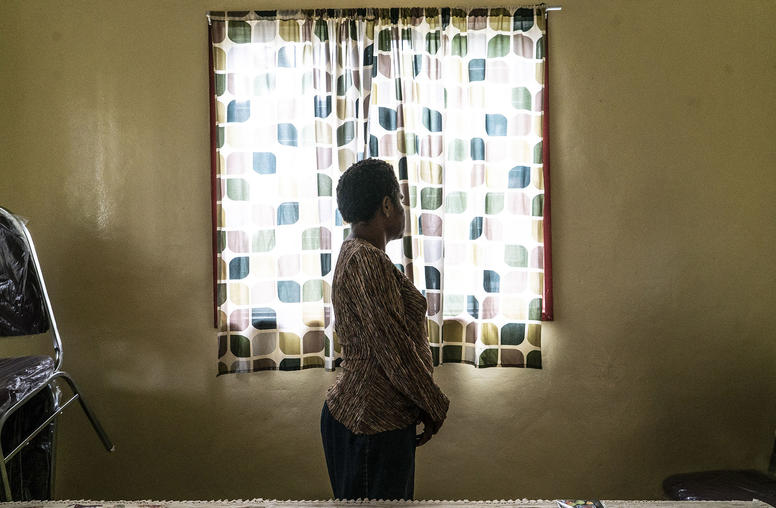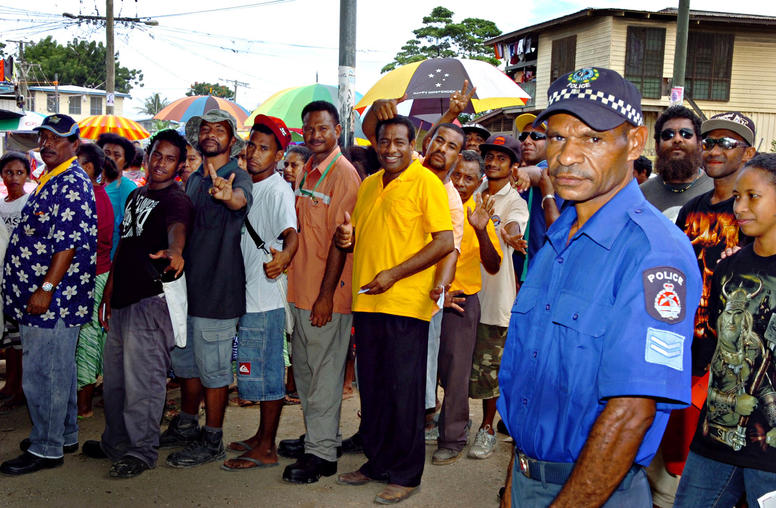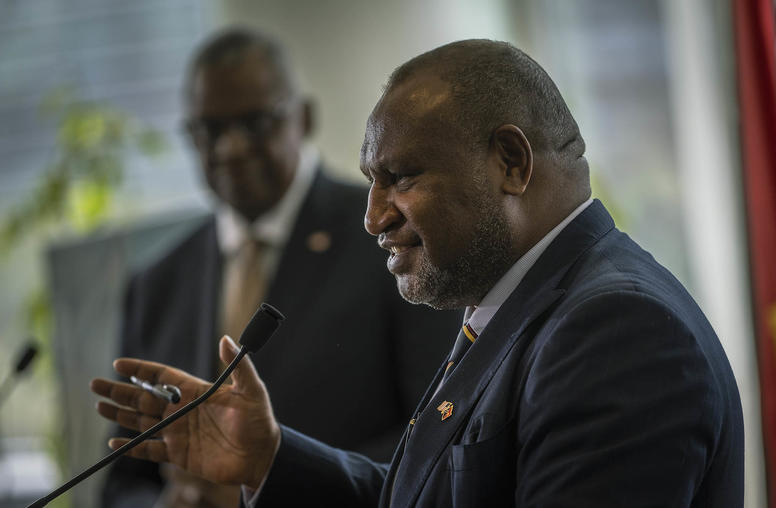This past January, deadly riots in Papua New Guinea’s capital, Port Moresby, spilled over into other towns and cities across the nation. As the dust settled, many held the country’s struggling youth population responsible, at least partially, for kindling the widespread unrest. Papua New Guinea’s government responded by announcing ambitious plans to address a broad range of problems facing youth — a promising move.
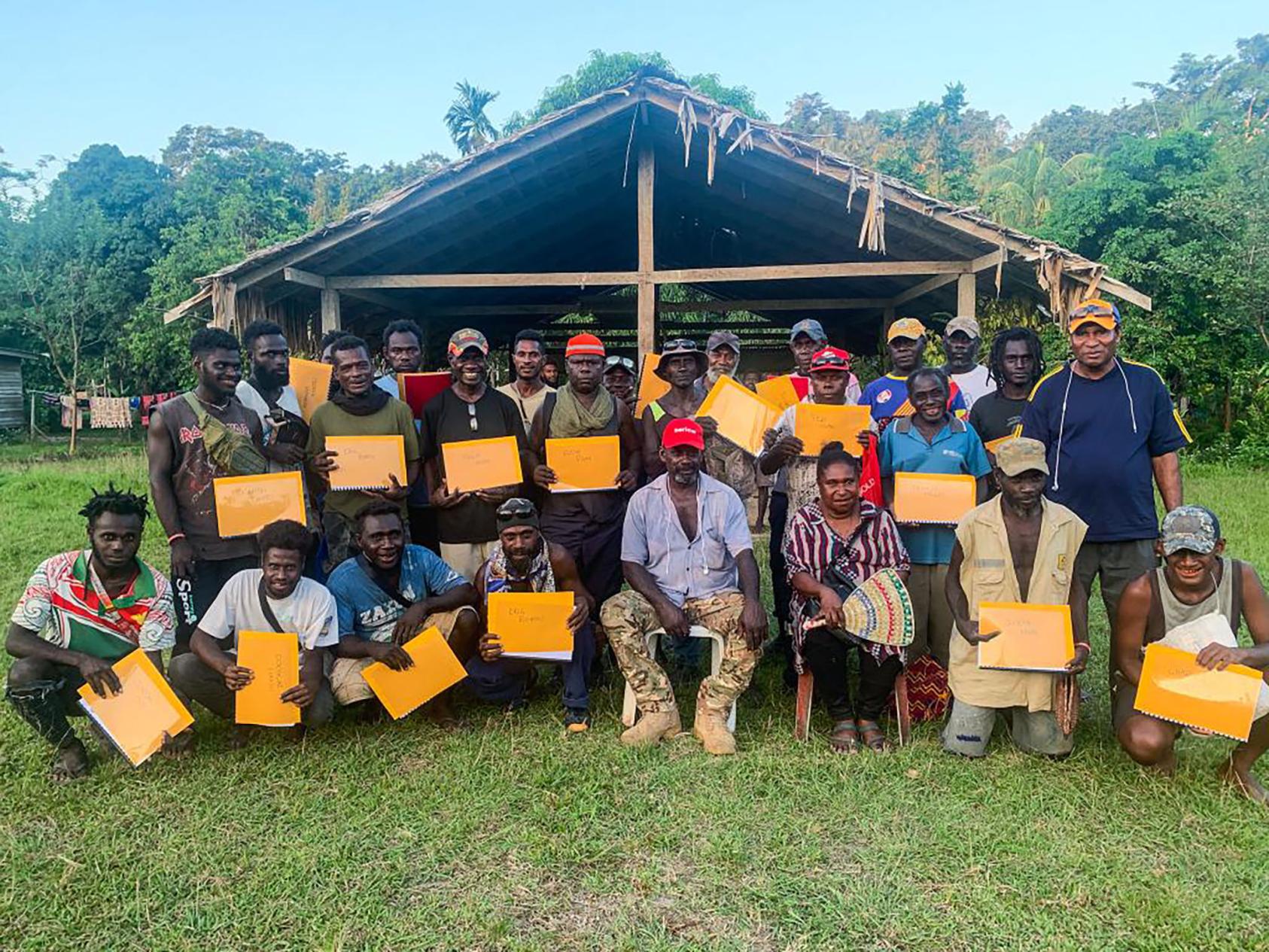
But while Papua New Guinea’s government is right to be directing more attention toward youth development, a slew of recent assessments, including one from USIP on addressing gendered violence, indicate that such announcements stand slim chances of actual success. Institutional fixes have a poor track record in Papua New Guinea because, in much of the country, the state plays little role in citizens’ lives. Therefore, a state-centric approach is unlikely to have much impact, at least initially, as it lacks administrative capability.
Instead, policymakers may want to explore lessons from the large swaths of the country that were spared from January’s violence, such as parts of Lae, a city in Morobe Province, where just last year USIP established a program to help young men change harmful patterns of behavior. In these places, there are grassroots peacebuilders who are often able to have a more tangible and immediate impact on their own communities.
Government Failure to Address Persistent Youth Challenges
More than 60 percent of Papua New Guinea’s population is under the age of 25 — and they are entangled in a gordian knot of problems. Many young people drop out of school due to a lack of funds, with only a third likely to have completed basic education. This leaves them poorly equipped to enter the workforce — when there are even jobs available. Too often, bleak signs reading “nogat wok,” or “no work,” await applicants outside many Papua New Guinean businesses.
Faced with these high rates of unemployment, many youth — especially young girls — are also disconnected from institutional sources of protection and guidance. Social media adds fuel to their frustration, partly because it highlights the contrast between their own lives and those of the elite. For example, last year, a social media furor over ostentatious social media content posted by Foreign Minister Justin Tkatchenko’s daughter forced Tkatchenko to step aside, though briefly, from his post.
The need for the government to focus on youth issues is inarguable. But previous efforts to tackle this knot of problems have yielded mixed progress, and the links between employment opportunities and a reduction in crime and violence were found to be weak — meaning that Papua New Guinea’s security and stability challenges intersect with other societal issues, not just economic concerns.
And there is a serious question as to whether the government has the administrative wherewithal to implement its impressive plans in all 97 districts throughout the country, as Prime Minister James Marape hopes to do. The World Bank has found that the governmental scaffolding needed for Papua New Guinea to implement policy was either non-existent or rusty — a finding echoed by a USAID assessment as well as research from the Papua New Guinea National Research Institute that put Papua New Guinea on par with Laos, Timor-Leste and Cambodia in terms of governance capacity.
Together, these assessments suggest the government’s plans — such as a national youth service and the universal registration of young people as a precursor to a long-delayed national census — are highly ambitious, especially in the timeframe laid out.
Insights from Lae
Lae, which is Papua New Guinea’s second-largest city, faces some of the same challenges as the rest of the country. Many of its 200,000 residents lack access to electricity and running water, cannot afford education, and are trapped in a vicious cycle of poverty and hopelessness.
The problem is particularly acute for youth, especially those living in the underdeveloped settlements surround Lae. There are few centers for youth programs and limited support services provided by the government. Those that do exist do not extend into the settlements, where the vast majority of people live and where USIP is working.
USIP is currently managing a program in Lae, working in these settlements with at-risk young men to help them become responsible members of their communities by providing alternatives to violence and addressing gender inequalities. In addition to the lessons taught at the trainings, the program constitutes a rare space for young people to conduct difficult conversations and feel empowered to help prevent violence.
So, when January’s violence spread to Lae, some program participants were active in quelling the unrest, such as youth leader Timson Hogen, who convinced a group of young people not to loot local shops, telling them not to risk their lives.
In some instances, the lack of government presence might have actually helped dissuade youth in Lae from violence. As Ismael Mark, a 23-year-old youth leader, told USIP: “We live off table markets [small enterprises which sell everyday staples] and we do not pay taxes to government, why should we go on rampage and cause riots?”
In the end, Lae unfortunately did see some violence. But the casualties and the scale of rioting and looting were not the same as Port Moresby. While many factors influenced this outcome, men like Hogen and Mark constitute “everyday peacebuilders” in Lae’s settlements — the sort of people whose gestures and actions are often far more salient than the policies of a distant national government.
As the United States ramps up its engagement in Papua New Guinea under the U.S. Strategy to Prevent Conflict and Promote Stability (SPCPS), empowering young leaders in places with little to no state capacity will be a key part in implementing the SPCPS’s “localization” efforts.
This is not to dismiss the importance of building institutional capacity at the national level, as the SPCPS calls for “implementing layered, mutually reinforcing programs.” But the Papua New Guinea government may struggle to put its ambitious youth policies into action, at least in the short term. In the meantime, the issues plaguing the country’s youth will continue, and the frustration that helped ignite January’s violence will only grow stronger.
Papua New Guinea has immense, untapped potential for grassroots peacebuilding. In Lae, we’re beginning to see how working directly with local communities — especially youth — can channel this potential into preventing violence and shaping a more peaceful future.
